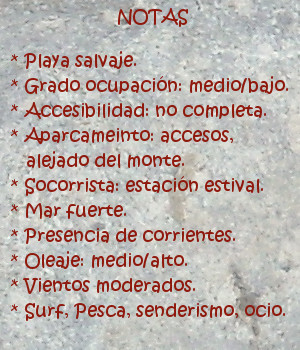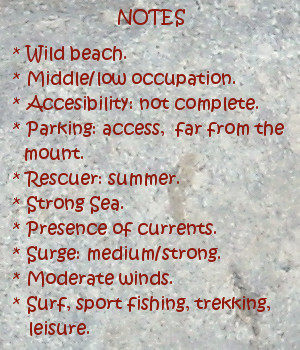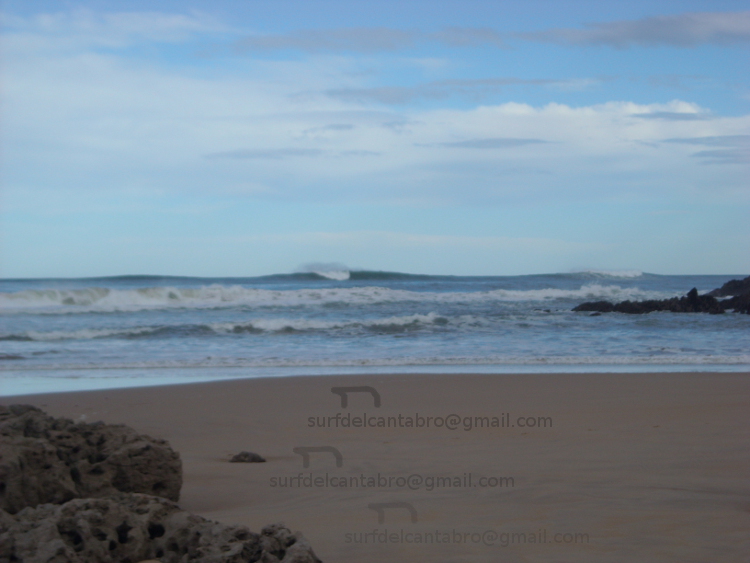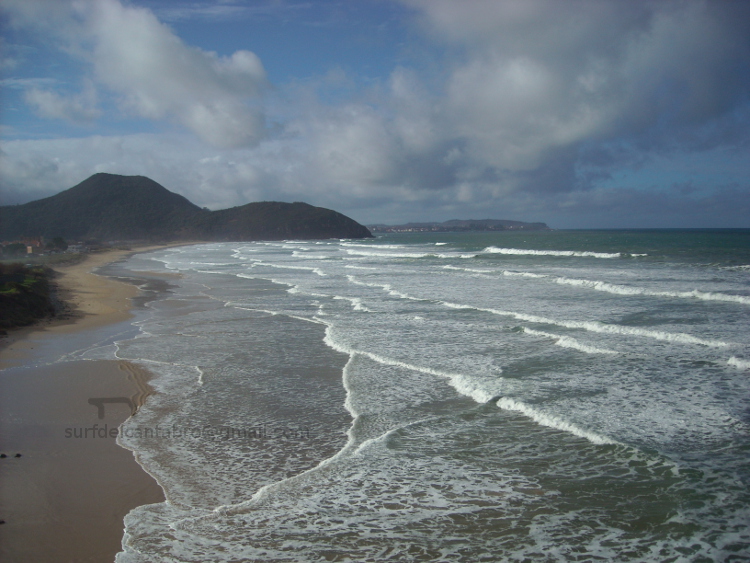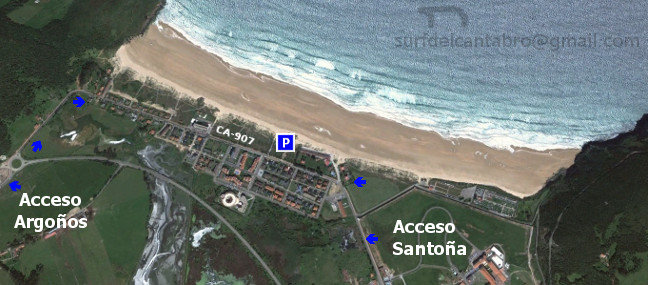 En estos días finales del invierno y transcurridas ya dos semanas de tiempo soleado, el recuerdo de los temporales que azotaron la cornisa cantábrica parece lejano.
En estos días finales del invierno y transcurridas ya dos semanas de tiempo soleado, el recuerdo de los temporales que azotaron la cornisa cantábrica parece lejano.
Los datos meteorológicos han revelado la inusual frecuencia de temporales y ciclogenesis explosivas que se han ido sucediendo desde diciembre hasta febrero. La cantidad de agua registrada en este período duplica y casi triplica la misma cantidad recibida en doce meses en años anteriores. Las boyas oceánicas captaron con inusitada frecuencia olas de más de 10 metros y de manera no tan excepcional olas que han superado los 20 metros. En estas condiciones la práctica del surf sólo ha sido apta para profesionales y expertos.
El Sol ocultado por el clima apareció como un oasis en días sueltos. En uno de esos momentos encontré la espontaneidad del arte y el surf. Fue a finales del mes de enero. Tras haber realizado un viaje. En el camino de vuelta a Cantabria, decidí hacer una parada en El Brusco, antes de comer. Pesca, senderismo, surf, playa… Llegar y ver, pensar y sentir, cargar las pilas. Pues el mar allí armoniza la estancia. Estacioné el coche lejos del monte y me puse a andar hacia él. A lo lejos ví un grupo de gente en la arena, el agua en el otro extremo de la imagen. Mirando las olas romper la marea iba tomando volumen. Como de costumbre había buenas olas. De 3 a 6 metros de altura y con una serie practicable. Conforme iba caminando aparecieron surfistas con bodyboard que tras calentar se metieron al agua montando algarabía. Las olas aumentaban de tamaño e iban adquiriendo un recorrido largo. Al llegar al final de la playa en el agua ya había más gente y las vistas se asemejaban a un pequeño parque de atracciones. Me dispuse a subir por el sendero que corona el monte. Así contemplaría toda la escena. Pasé por delante de dos hombres que estaban quietos, mirando y pensando. Al saludarlos me parecieron gente conocida. Sin darme cuenta, por la emoción del momento, que la pasión por el surf a todos nos acerca.
Asomando a la entrada del sendero, volví la vista a la playa. Una ola de 4 metros se acercaba. Quieto, expectante, espere unos segundos que parecieron eternos. Cortando la ola desde un costado apareció un surfer con un bodyboard. La masa de agua fue cayendo y desapareció. Continué mirando esperando otra ola así. Sin saber que lo mejor estaba por llegar. Mire el otro lado de la ola que se había entubado. Vi una figura y sonreí. Salió del tubo y antes de su cierre se catapultó un par de metros en el aire. Hizo una maniobra acompañada de un grito y finalmente aterrizó en el agua.
Regrese a la playa para conversar de surf. Ya no quedaba nadie en el arenal. La figura de uno de los hombres, que antes miraba, se dirigía hacia el agua. Con dos metros de alzada y la tabla de surf sujetada en un brazo. Entró al agua fría y se perdió detrás de las olas. Poco después volví a ver aquella figura. Desde la cresta hasta la base, ondulando el recorrido. Equilibrando su peso con los brazos. Congelando toda aquella imagen en la memoria del ojo que contempla.
El Brusco, An unexpected show
 In these final days of winter after two weeks of sunny weather, the remembrance of the storms that struck the Cantabrian coast seems far away.
In these final days of winter after two weeks of sunny weather, the remembrance of the storms that struck the Cantabrian coast seems far away.
The meteorological data have revealed us the unusual frequency of storms and explosive cyclogenesis that have been happening since December until February. The amount of water recorded in this period almost tripled the same amount received in twelve months in previous years. The oceanic buoys have captured, with unusual frequency, waves of more than 10 meters and ,in a manner not so exceptional, waves that have exceeded 20 meters. In these conditions the surfing only has been suitable for professionals and experts.
The Sun was hidden by the state of the weather and only emerged as an oasis in loose days . In one of those moments I found the spontaneity of the art and the surf. It was at the end of the month of January. After a trip. On the way back to Cantabria, I decided to make a stop at «El Brusco» before eating. Fishing, hiking, surfing, beach … Come and see, think and feel, to charge the batteries. Because the sea there harmonizes the time. I parked my car far away from the mount and I began to walk toward it. In the distance I saw a group of people in the sand, the water at the other end of the image. The tide was taking volume. As usual there was good waves. From 3 to 6 meters in height and with a practicable series. As I was walking some surfers with bodyboard were enjoying the travel to the water. The waves increased in size and became as a motorway. At the end of the beach in the water there were already more people and the views were analogous to a small amusement park. I began to go up the trail that crown the mount. I wanted to contemplate the whole scene. I passed in front of two men who were perfectly still, looking and thinking. None of us were strangers at that place. We forgot, because of the emotion of the moment, that the passion for surfing met us.
When I was at the entrance of the trail, i returned the view to the beach. A wave of 4 meters was approaching. The watchful waiting was a few seconds that seemed to last forever. By cutting off the wave from the side appeared a surfer with a bodyboard. The mass of water was falling and disappeared. I continued watching waiting for another wave as well. Without knowing that the best was to come. Look at the other side of the wave that had been entubated. I saw a figure and I smiled to myself. The surfer came out of the tube and before its closure he was catapulted two meters in the air. He made a maneuver accompanied by a cry and finally landed in the water.
I came back to the beach to talk about surfing. There was no one in the sand. The figure of one of the men that were thinking there before, were now walking toward the water. With two meters over his feet, and the surfboard in an arm. He entered the cold water and was lost behind the waves. Shortly after I returned to see that figure. From the top to the base, undulating the tour. Balancing his weight with his arms. The experience became an frozen image in the memory.


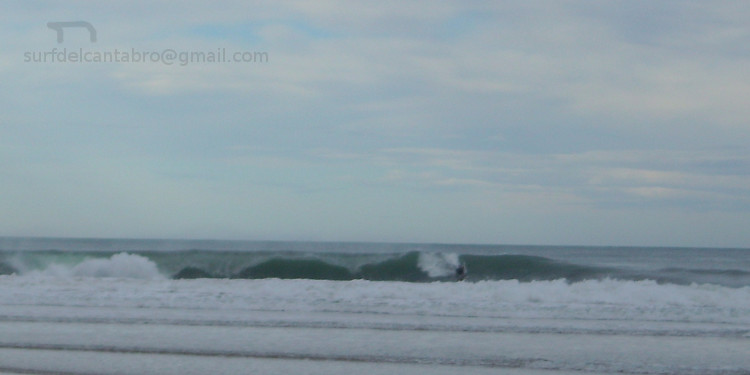

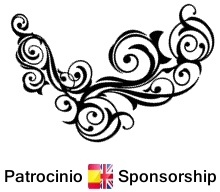
![]() La Playa de Berria tiene una longitud de 2200 metros. Es una joya de costa Cántabra, ya que a su contexto natural idílico, se le añade la naturaleza cambiante de sus aguas según la zona de la playa de la que se trate, por la proximidad a las rocas o las fuertes corrientes presentes. Por todo esto, el Ayuntamiento de Santoña ha publicado, a pie de playa en Berria, unos mapas fotográficos, trípticos con toda la información de la Playa de Berria y sus aguas. Es útil prestar atención a ese tipo de información si vamos a practicar surf o realizar otras actividades en las mejores condiciones, de forma segura. Aquí dejo una fotografía de uno de estos carteles.
La Playa de Berria tiene una longitud de 2200 metros. Es una joya de costa Cántabra, ya que a su contexto natural idílico, se le añade la naturaleza cambiante de sus aguas según la zona de la playa de la que se trate, por la proximidad a las rocas o las fuertes corrientes presentes. Por todo esto, el Ayuntamiento de Santoña ha publicado, a pie de playa en Berria, unos mapas fotográficos, trípticos con toda la información de la Playa de Berria y sus aguas. Es útil prestar atención a ese tipo de información si vamos a practicar surf o realizar otras actividades en las mejores condiciones, de forma segura. Aquí dejo una fotografía de uno de estos carteles.![]() Berria Beach has a length of 2200 meters. It is a jewel of the Cantabrian coast, because to its natural idyllic context, is added the changing nature of their waters according to the area of the beach, the proximity to the rocks or the strong currents. Due to this, the Town Hall of Santoña has published, on the beachfront of Berria, some photographic maps and brochures with all the information about the beach of Berria, and its waters. It is useful to pay attention to that kind of information if we are going to play surf or another activities in the best conditions, safely. Here is a photograph of one of these posters.
Berria Beach has a length of 2200 meters. It is a jewel of the Cantabrian coast, because to its natural idyllic context, is added the changing nature of their waters according to the area of the beach, the proximity to the rocks or the strong currents. Due to this, the Town Hall of Santoña has published, on the beachfront of Berria, some photographic maps and brochures with all the information about the beach of Berria, and its waters. It is useful to pay attention to that kind of information if we are going to play surf or another activities in the best conditions, safely. Here is a photograph of one of these posters.![]()
![]()
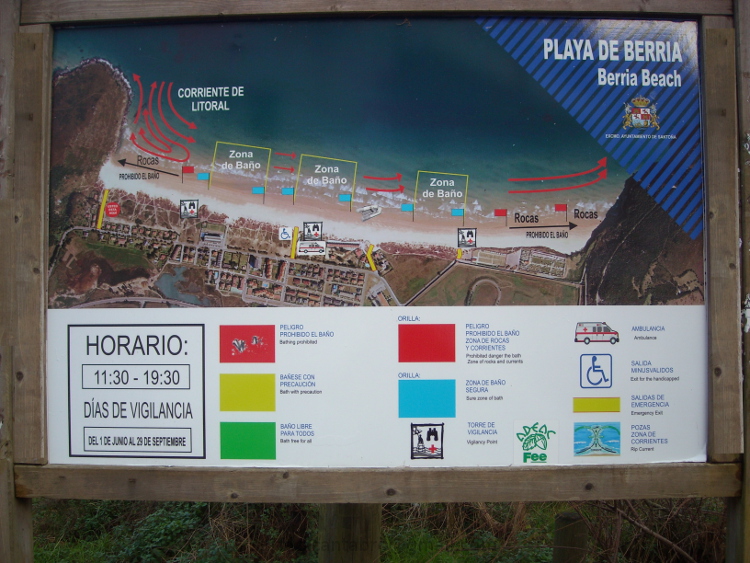
![]()
![]()

